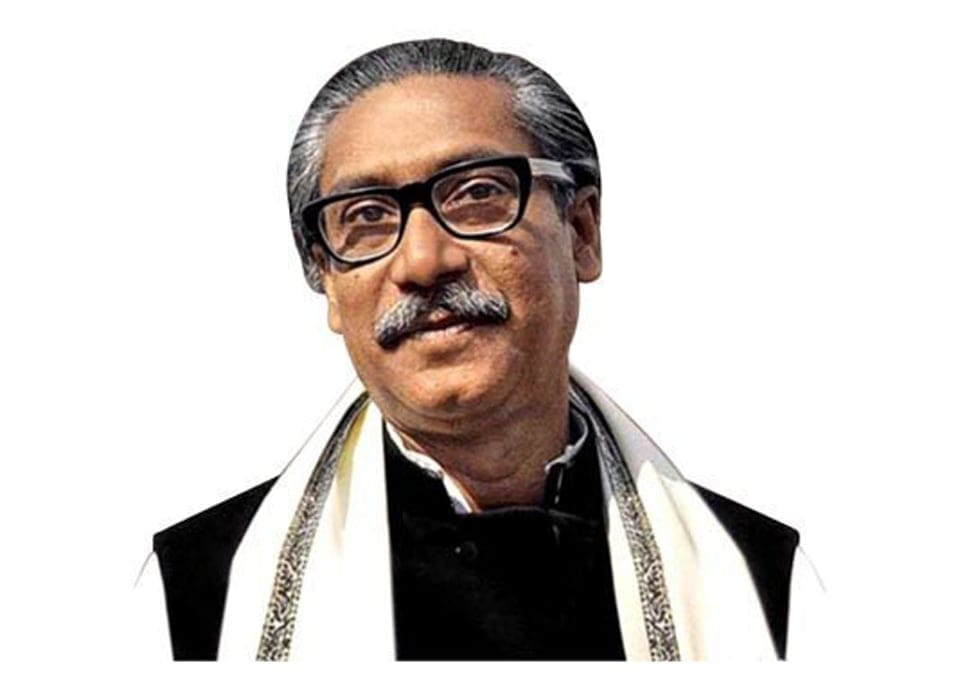Durga Puja, the largest festival for the Bengali Hindus, and, in a way, the festival, which is idiosyncratically Bengali, has commenced with Mahalaya on October 14, 2023.
The goddess Durga is one of the representations of the Mahadevi, or divine feminine, in Hinduism. In Bengal, where the Shaktism sect of Hinduism predominates, she is the most revered deity. Durga Puja is very distinctly Bengali, as the other ethnicities of India celebrate the occasion in very different ways, and none have it as their principal religious festival.
Brief History and Customs
The history of Durga Puja in Bengal is quite ancient as well as multifaceted. There is a mythological aspect to the celebration, as it is believed that Lord Rama, a major character in Hindu mythology, worshipped the goddess for the very first time in autumn, whereas it used to be normally done in the springtime to defeat Ravana, the king of demons. This is why the celebration of the autumnal Durga Puja is also known as ‘Akal-Bodhan’ or out-of-season worship.
The way in which the goddess is worshipped in Shaktism and more specifically in Bengal is very much in line with the rituals described in Kalika Puran, a Hindu religious text that is mostly followed in Bengal, Assam, and Odisha, i.e., the eastern part of the Indian Subcontinent.
It is not yet clear about the exact date of the inception of Durga Puja in Bengal; however, it is believed by many that Durga Puja mainly started during Mughal rule, especially in the rich and aristocratic households. It is estimated that the puja started during the 1500s at first by a Zamindar of Dinajpur, who started the puja after being ordered by the Devi in his dreams. However, according to some other accounts, it was either started by Raja Kangsha Narayan of Taherpur or Bhabananda Majumdar of Nadia.
The impassioned celebration of Durga Puja, however, started in Kolkata during British rule. Raja Harinath of Cossim Bazar Rajbari started the first Durga Puja of Kolkata, and the Durga Puja celebrated by Nabakrishna Deb was with the most ardent fervour. Likewise, many Zamindar families in Kolkata started celebrating Durga Puja with zeal, and in the later two centuries, it spread out all over Bengal to become a truly Bengali festival.
Durga Puja, despite being a ten-day affair, is celebrated with much pomp and grandeur, and the Devi is worshipped fervently in the last four days, which are known as Saptami, Ashtami, Navami, and Dashami, where the last day culminates with the ‘Bishorjon’ of the Durga idols.
After partition, Durga Puja lost its flavour in the present-day territory of Bangladesh due to the communal riots that took place beforehand, which drove away a lot of well-off Hindus. The economic condition also forced a lot of Hindus during that time to organise Sarvajanin or Barwari Pujas through the collection of subscriptions. However, the repressive as well as fundamentalist regime of Pakistan saw the spillover of a lot more Hindus after partition, and the Islamist nature of the state made sure that festivals of other religions were not celebrated fervently.
Independent Bangladesh Till Today
As Bangladesh was established on the very principle of secularism, Durga Puja was starting to be celebrated with much festivity. The Bangladesh Durga Puja Celebration Parishad as well as the Metropolitan Universal Puja Committee were formed around the Dhakeshwari Temple premise. Durga Puja, along with religious festivals of other religious minorities in Bengal, was celebrated properly, which was impossible beforehand due to the inclusive as well as secular policies undertaken by the Father of the Nation, Bangabandhu Sheikh Mujibur Rahman.
We believe in secularism. Secularism does not mean the absence of religion. Hindus, Muslims, Christians, Buddhists — everyone will perform their own religion. No one can interfere with others’ religious beliefs.

Bangabandhu Sheikh Mujibur Rahman
Father of the Nation
However, the ultimate as well as tragic assassination of Bangabandhu Sheikh Mujibur Rahman hindered the path towards a secular Bangladesh as Bangladesh was declared an Islamic Republic immediately after, and the military regimes afterwards led to the persecution of religious minorities. As a result, the celebration of Durga Puja, which gained a lot of momentum just after our independence, was not celebrated with the same intensity and festivity, and the rise of the fundamentalist forces as well as the importation of Salafi culture from the Middle East acted as a massive impediment.
The military dictators used subjugation of the religious minority as a tool to create a legitimacy of their regimes to the eyes of the majority muslims. The advent of democracy in 1990 created a better situation. However, the religious minority started becoming a target even under the democratic system. For example – In 2001, the post-poll violence was redirected a lot towards the Hindus as well as other minorities by the fundamentalist forces that formed the government during that time. And a lot of Hindus had to depart the country after they were subjected to heinous tortures. As a result, during that time, Durga Puja didn’t have as much festivity as it used to have before, as there were sporadic incidents of vandalization of Hindu idols, which intensified during the Durga Puja.
After Bangladesh Awami League’s landslide victory in the 2008 General Election, the vision of a secular Bangladesh of Bangabandhu Sheikh Mujibur Rahman gained pace, Durga Puja yet again became a festival that is universally representing the core tenets of being a Bengali Hindu. In the rural areas of Bangladesh, where the influence of the religious fanaticism is still not strong, it can be seen that the pious Muslims are often part of the ‘Puja Celebration Committee’ and whenever the fundamentalist forces have tried to create unrest by vandalising idols and inflicting terrors among the Hindus, like in the case of 2021 Durga Puja, it has been seen that the religious and pious Muslims have resisted as well as guarded the Puja pandals in many places. However, eradicating the religious fanaticism. that has been rooted deeply in the society of Bangladesh for decades still remains a challenge. However, the frequency of vandalising idols has decreased.
Increased Vigilance and Surveillance
The celebration of Durga Puja has been with the most pomp and grandeur in the recent past, with the active participation of people from all walks of life, irrespective of their religious as well as cultural backgrounds, albeit with a few hiccups, such as the 2021 incident where the fundamentalist forces created terror throughout the country during the Durga Puja, which was followed by the enhancement of security and the arrest of the main perpetrators.
- The number of Durga Puja Pandals has kept on increasing in the country throughout the years. This year, it is expected that Durga Puja will be held on 32,200 pandals, which is 30 more than the previous year.
- The law enforcement agencies have taken initiatives such as installing metal detectors and bomb disposal units to enhance the security of the pandals during the Durga Puja, so that any unwanted events can be averted. This includes making people aware of the proliferation of rumours, the introduction of security cameras, and the overall vigilance of the law enforcement agencies during the festival.
- The current government as well as the Prime Minister have reinstated the importance of secularism countless times and have urged the Hindu community to consider themselves equal citizens of the country rather than minorities. Other than this, the government has established and reinvigorated many temples in the country so that proper religious education doesn’t only remain confined to Muslims.
Policy Recommendations
There is no denying that religious violence has decreased over the years. But there are still many rooms for improvement when it comes to the policies regarding Durga Puja.
- From the very grass-roots level, it has to be made sure that the fundamentalist forces cannot brainwash people, and the vilification of Hindus needs to be stopped. This will ensure that, in the future, the likelihood of violence during the Durga Puja will decrease multifold. The very essence of secularism has to be upheld.
- Interfaith dialogue needs to be enhanced in order to reduce the distance between the religious leaders of different communities, which will later translate to more spontaneous participation by people in Durga Puja.
- The cultural exchange with West Bengal, where Durga Puja is the main religious festival, has to be increased, and the priests of all religions need to be sensitised, stemming from the initiatives and subsidies taken by the Ministry of Religious Affairs, so that the conduct of Durga Puja is not hampered.
- Along with increased security measures, anyone involved in the vandalisation of idols and the desecration of Hindu religious sites needs to be strictly punished, and steps should be taken so that such incidents are not repeated.
Durga Puja as a festival is something that is intrinsically related to the idea of being a Bengali, and even to this day, the rural folklore of Bengal, irrespective of religion, is very much influenced by it. Fundamentalist forces have long tried to create rifts among the people of this country by vilifying and dehumanising the Hindus, as well as trying to discard the practices and inclusivity that Durga Puja entails. However, they have always been unsuccessful in their attempts, and Durga Puja has remained a ubiquitous and universal festival that ties the Bengalis together all across the world.
About the Author

Rassiq Aziz Kabir is a final-year student of Economics at the University of Dhaka. Rassiq also works as a freelance contributor for the English daily, The Financial Express.